Boxwood Blight found in Connecticut
claireplymouth z6b coastal MA
12 years ago
Featured Answer
Sort by:Oldest
Comments (7)
diggingthedirt
12 years agolast modified: 9 years agoRelated Professionals
Manhattan Beach Landscape Architects & Landscape Designers · Prairie Ridge Landscape Architects & Landscape Designers · Harvey Landscape Architects & Landscape Designers · Cupertino Landscape Contractors · Melrose Landscape Contractors · Spring Landscape Contractors · Tustin Landscape Contractors · Waipahu Landscape Contractors · Wheat Ridge Landscape Contractors · White Bear Lake Landscape Contractors · Arlington Heights Decks, Patios & Outdoor Enclosures · Blue Springs Decks, Patios & Outdoor Enclosures · Fort Myers Decks, Patios & Outdoor Enclosures · Orange County Decks, Patios & Outdoor Enclosures · Roseville Decks, Patios & Outdoor Enclosurescorunum z6 CT
12 years agolast modified: 9 years agoclaireplymouth z6b coastal MA
12 years agolast modified: 9 years agodiggerdee zone 6 CT
12 years agolast modified: 9 years agoctlady_gw
12 years agolast modified: 9 years agoclaireplymouth z6b coastal MA
12 years agolast modified: 9 years ago
Related Stories

KITCHEN DESIGNKitchen of the Week: Chestnut and an Open Fire in Connecticut
Antique chestnut boards give a kitchen with a wood-burning oven vintage flair, balancing its modern amenities
Full Story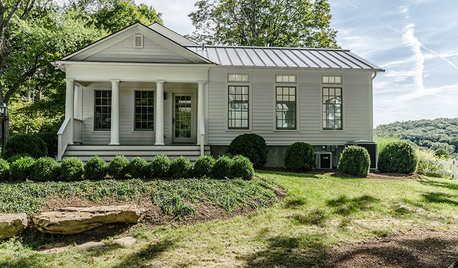
HOUZZ TOURSHouzz Tour: A Revolutionary Renovation in Connecticut
A 200-year-old farmhouse retains elements of its past, like reclaimed wood, yet feels decidedly modern. Yoga, anyone?
Full Story
MY HOUZZMy Houzz: Global Details Add Character to a Connecticut Farmhouse
Lush textiles and gorgeous antiques warm up this classic 1745 East Coast home
Full Story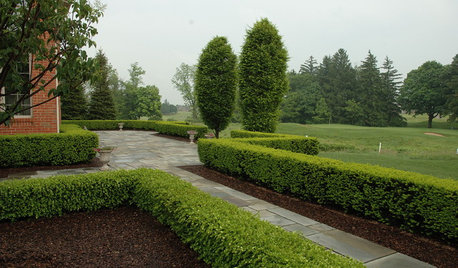
GARDENING GUIDESGreat Design Plant: Boxwood
This elegant evergreen can shape shift into forms limited only by a gardener's imagination and a clipper's reach
Full Story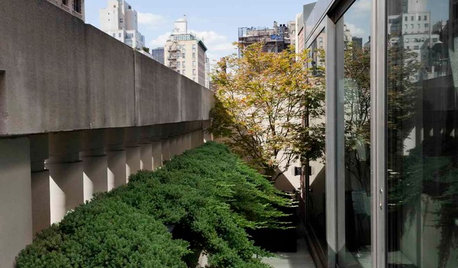
GARDENING GUIDESGreat Design Plant: Creeping Juniper Holds Its Ground
Add texture and evergreen interest to a layered garden with this low-maintenance, good-looking ground cover
Full Story
HOLIDAYSHouzz Call: Show Us Your Holiday Mantel
Do reindeer prance or lights dance above your fireplace during the holidays? Share your decorated mantel with us
Full Story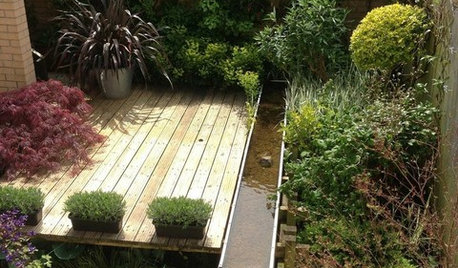
LANDSCAPE DESIGNSee Chelsea Flower Show Ideas Flourishing in a Real Backyard
Can trends in high-design show gardens translate to everyday yards? The proof is in the plantings
Full Story
DECORATING GUIDES8 Reasons to Jump Off the DIY Bandwagon
You heard right. Stop beating yourself up for not making stuff yourself, and start seeing the bright side of buying from others
Full Story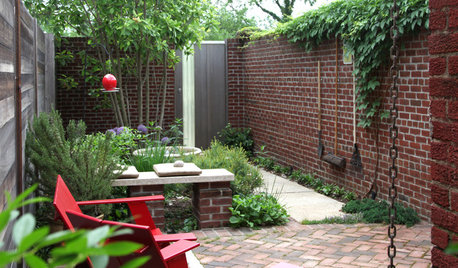
LANDSCAPE DESIGNHow Brick Fits Into Today’s Gardens
Natural brick is often considered a traditional building material. Here’s how people are using it in contemporary gardens too
Full Story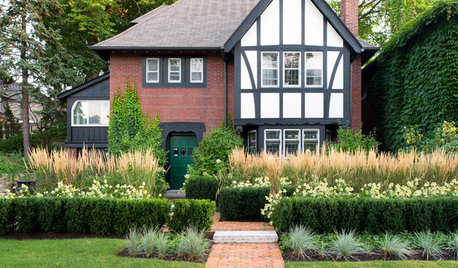
LANDSCAPE DESIGNHow Low Can Hedges Go? Discover Unusual Garden Borders
Short enough to step over, high enough to be a stretch ... check out these radically different hedge styles and tell us your opinion
Full StoryMore Discussions






claireplymouth z6b coastal MAOriginal Author